When specifying rainscreen cladding, the conversation often begins with fire safety, but that’s only part of the picture. For a cladding system to perform reliably over decades, it must also stand up to the real-world challenges of weather, impact and structural pressure. That’s where CWCT testing comes in.
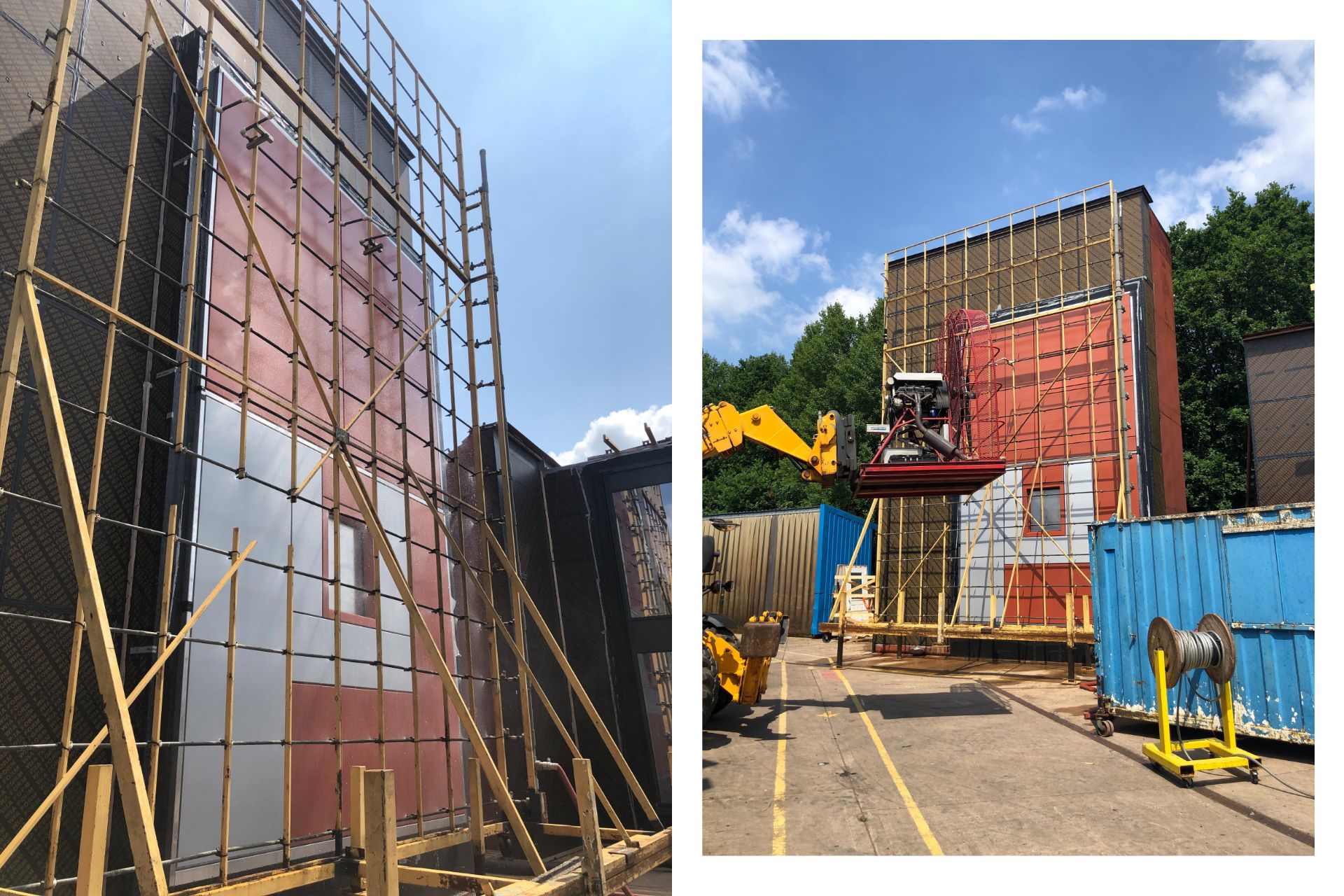
At Sotech, key Optima systems undergo rigorous testing to CWCT Sequence B standards, conducted by UL Solutions with UKAS accreditation. This ensures each system isn’t just compliant on paper, it’s proven in conditions that simulate the harshest environmental demands.
Here’s what CWCT testing is, why it matters, and how it protects your building and its occupants.
What is CWCT Testing?
CWCT stands for the Centre for Window and Cladding Technology, a UK-based authority on façade performance standards. CWCT developed a testing methodology that mimics real-world conditions including wind, water, pressure, and impact – to verify how well cladding systems perform over time.
At Sotech, we test selected Optima systems to CWCT Sequence B standards, the most rigorous version of the standard. It’s used to validate the structural integrity and weather-tightness of complete rainscreen systems – not just the panels, but also the fixings, joints, support rails and drainage paths.
What Does CWCT Sequence B Testing Include?
The Sequence B test simulates the stresses a building might encounter during its lifetime, from gale-force winds to driving rain and accidental impacts.
The full test includes:
Dynamic Water Testing
High-pressure water spray is applied continuously while a fan simulates wind-driven rain. This tests the integrity of panel joints and cavity drainage.
Air Leakage Testing
Measures how much air passes through the system under pressure, identifying energy loss and airtightness concerns.
Hard and Soft Body Impact Testing
Simulates damage from things like falling objects, maintenance tools, or vandalism using a steel ball and a leather bag filled with glass beads.
Wind Pressure Testing
Alternating positive and negative pressure cycles simulate suction and pressure on tall buildings during high winds.
Each part of the system must remain intact, sealed, and secure throughout this sequence to pass.
Why does CWCT Certification Matter?
A system that passes CWCT testing offers confidence that it will remain weather-tight and structurally sound over time, even in the most exposed environments.
It’s especially critical for:
High-rise developments where wind load is significant:
Example: At the award-winning Stage development in Shoreditch, Optima FC+ was used across a multi-tower scheme where tested wind resistance was essential for façade safety and performance.
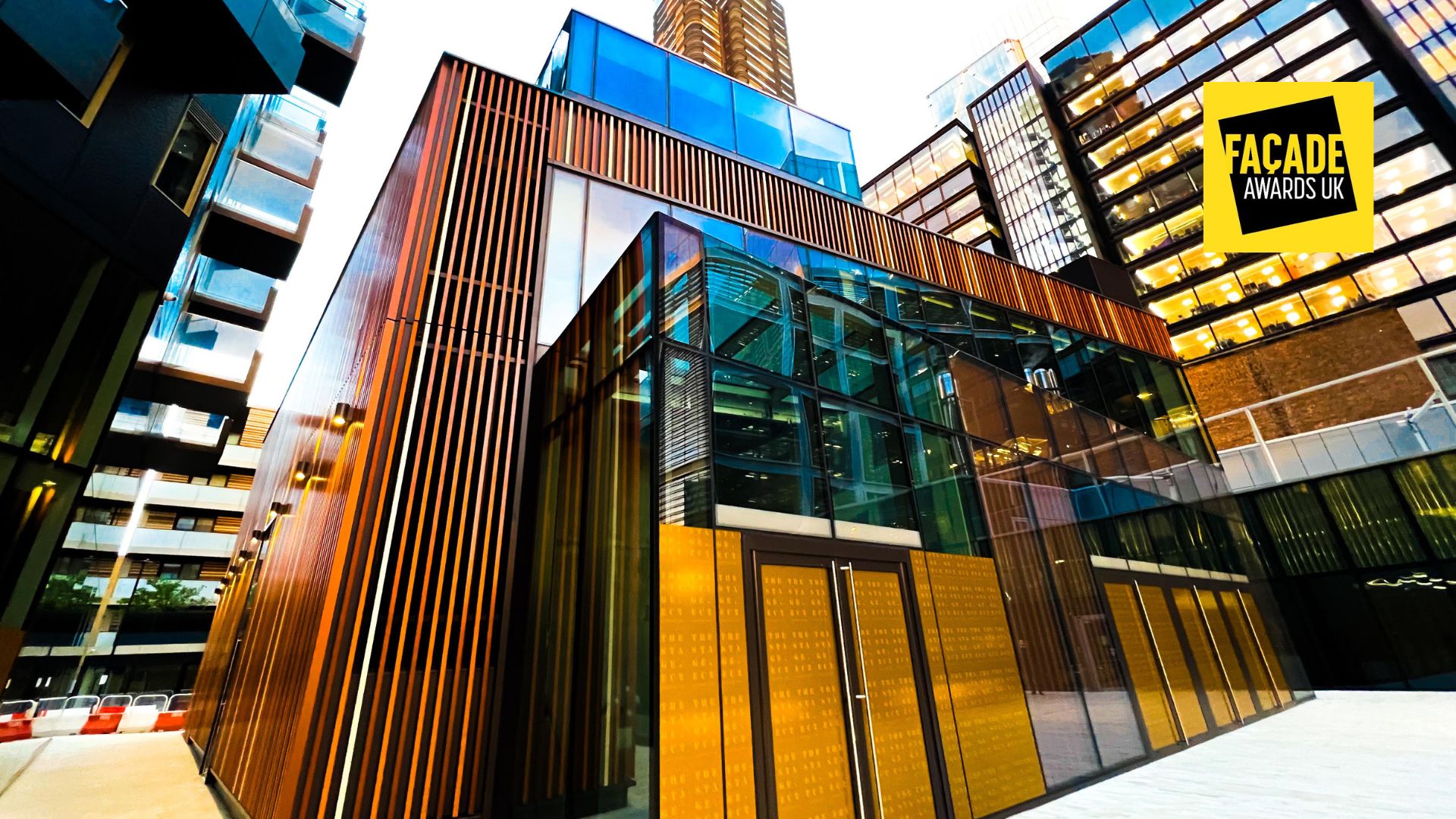
Coastal and exposed sites which often face high winds and severe weather:
Example: At Glasgow Harbour, Sotech supplied Optima TFC+ Through Fix Cassette Rainscreen fabricated from Novelis FF3 pre-coated aluminium designed to withstand severe coastal exposure. CWCT-certified system combined with FF3 premium marine-grade 5000 series aluminium, provide long-term weather and corrosion resistance, making them ideal for coastal and exposed sites that face high winds and extreme weather.

Busy urban areas where impact resistance is vital:
Example: At Leeds Beckett University, a high-traffic public-facing campus, impact testing formed part of the system validation – making CWCT’s soft and hard body impact testing especially important.
Built-up urban areas where funnelling effects increase wind pressure:
Dense city environments can create wind tunnels between buildings, placing additional pressure on façades. Tested wind resistance ensures safety and durability in these challenging conditions.
Retrofit and refurbishment projects where new systems are integrated with existing structures:
Example: At the ICOSS Building in Sheffield, Sotech’s Optima TFC+ was used to reclad and upgrade an existing educational facility. CWCT and BS8414-2 certification ensured performance and compliance across the new and existing envelope.
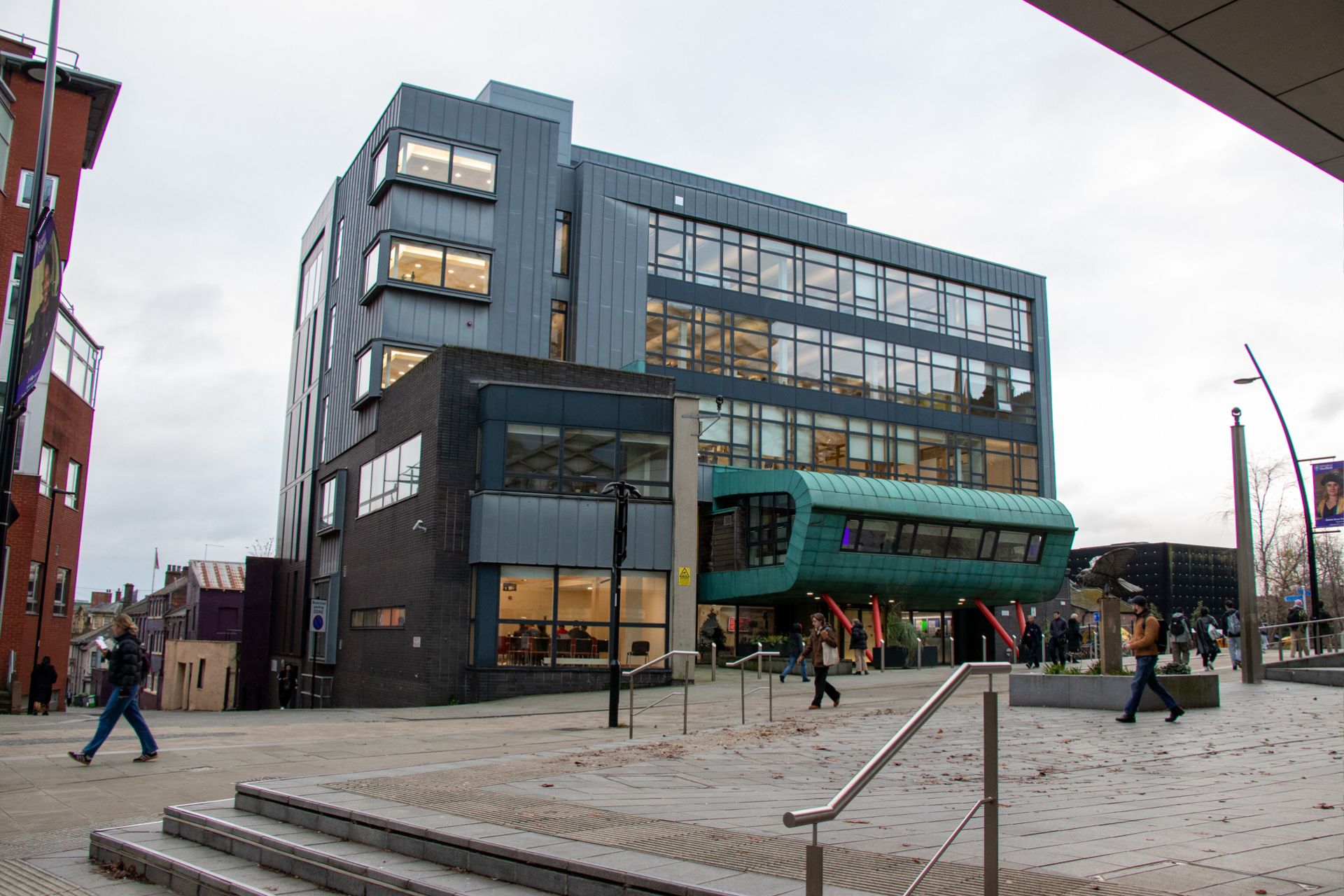
Each of these projects demonstrates how CWCT certification plays a vital role in real-world rainscreen performance – not just during installation, but for years to come.
Performance Planning Starts at Design Stage: Finite Element Analysis
At Sotech, performance validation begins long before a system reaches manufacturing. As part of our design process, we use Finite Element Method (FEM) simulations to digitally test how a rainscreen system will perform under real-world conditions.
Using advanced simulation software, our technical team can analyse:
- Wind pressure
- Dead loads and structural movement
- Thermal expansion and contraction
- Fixing configurations
- Panel material and geometry variations
This process helps to ensure each build-up is safe, stable and compliant, especially on complex or bespoke installations.
“FEM gives us the ability to validate panel performance in a virtual environment. It’s a powerful tool in the design phase – ensuring the system can withstand wind pressures, thermal effects, and other real-life stresses long before we cut the first panel.”
Mo Jenaban, Technical Lead at Sotech
By combining FEM with CWCT and BS8414 testing, Sotech offers a fully validated system – digitally and physically – giving you peace of mind at every stage of the project.
Which Optima Systems Are CWCT Certified?
All core Optima systems have been CWCT Sequence B tested and validated, including:
- Optima FC+ – Secret-fix hook-on Rainscreen System
- Optima TFC+ – Discreet Through Fix Rainscreen System
- Optima Edge – Minimalist floating aesthetic Rainscreen System
- Optima FlatFix – Robust face-fixed Rainscreen System
- Optima BrickTech – Mechanical support for real brick slips
Each system is supported with NBS specifications, technical drawings, and data sheets to simplify integration and ensure full compliance.
The Sotech Difference: Testing, Transparency, Trust
At Sotech, testing is more than a tick-box – it’s a core part of how we design, manufacture, and validate our rainscreen systems. That’s why we work with independent third parties like UL Solutions to test our products to UKAS-accredited standards, and why we invest in digital validation tools like FEM to refine every system before it’s ever installed.
We’re also one of the few manufacturers to offer full system Environmental Product Declarations (EPDs) – not just for individual panels – ensuring complete transparency for green building certification.
Whether you’re designing for performance, long lifespan, or regulatory compliance, we’ll help you choose and test the right system for your build.
Talk to Our Technical Team
If you’re specifying rainscreen cladding and need test data, system advice, or help meeting regulatory requirements, we’re ready to help.
technical@sotech-optima.co.uk
+44 (0)191 587 9213
www.sotech-optima.co.uk/contact
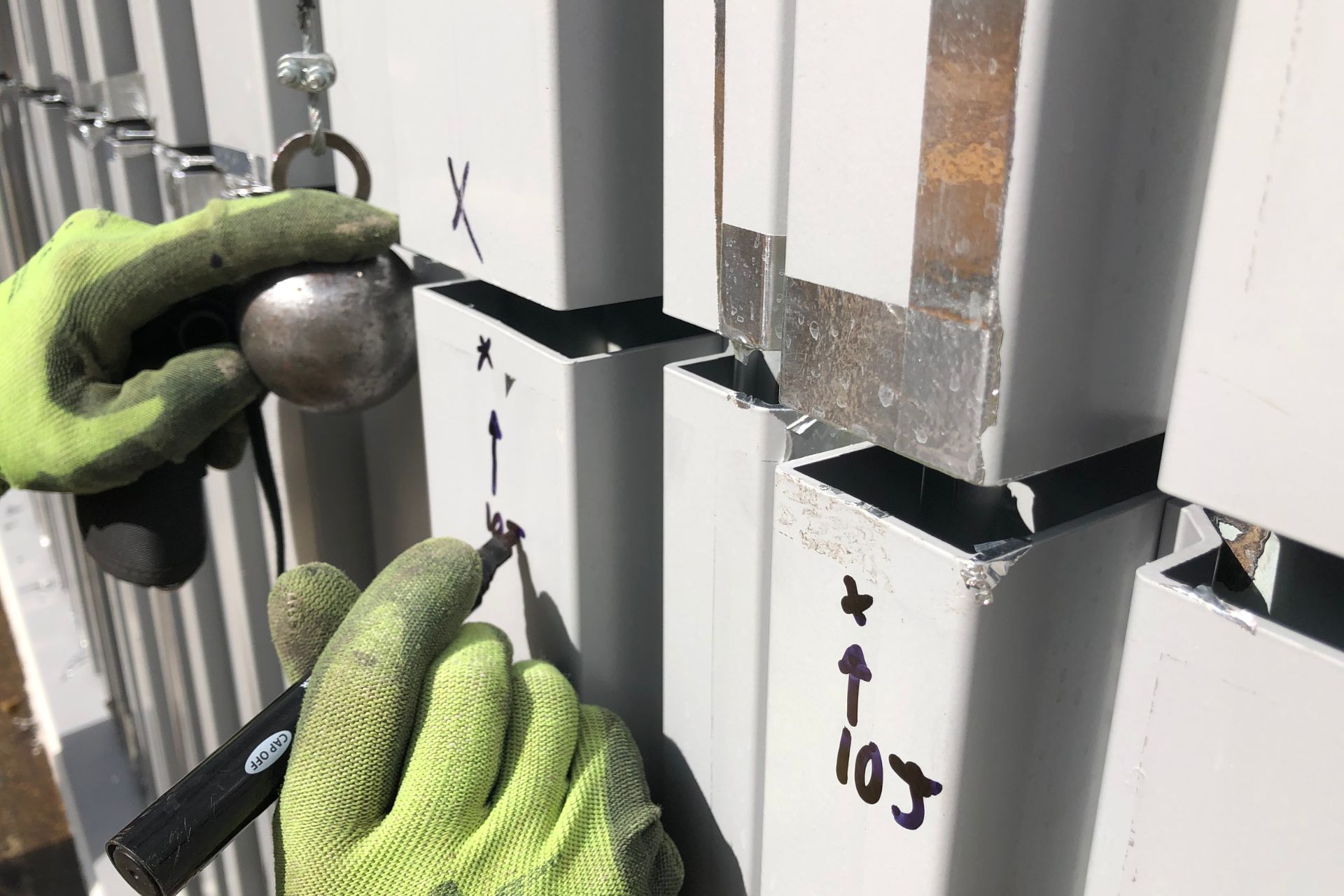
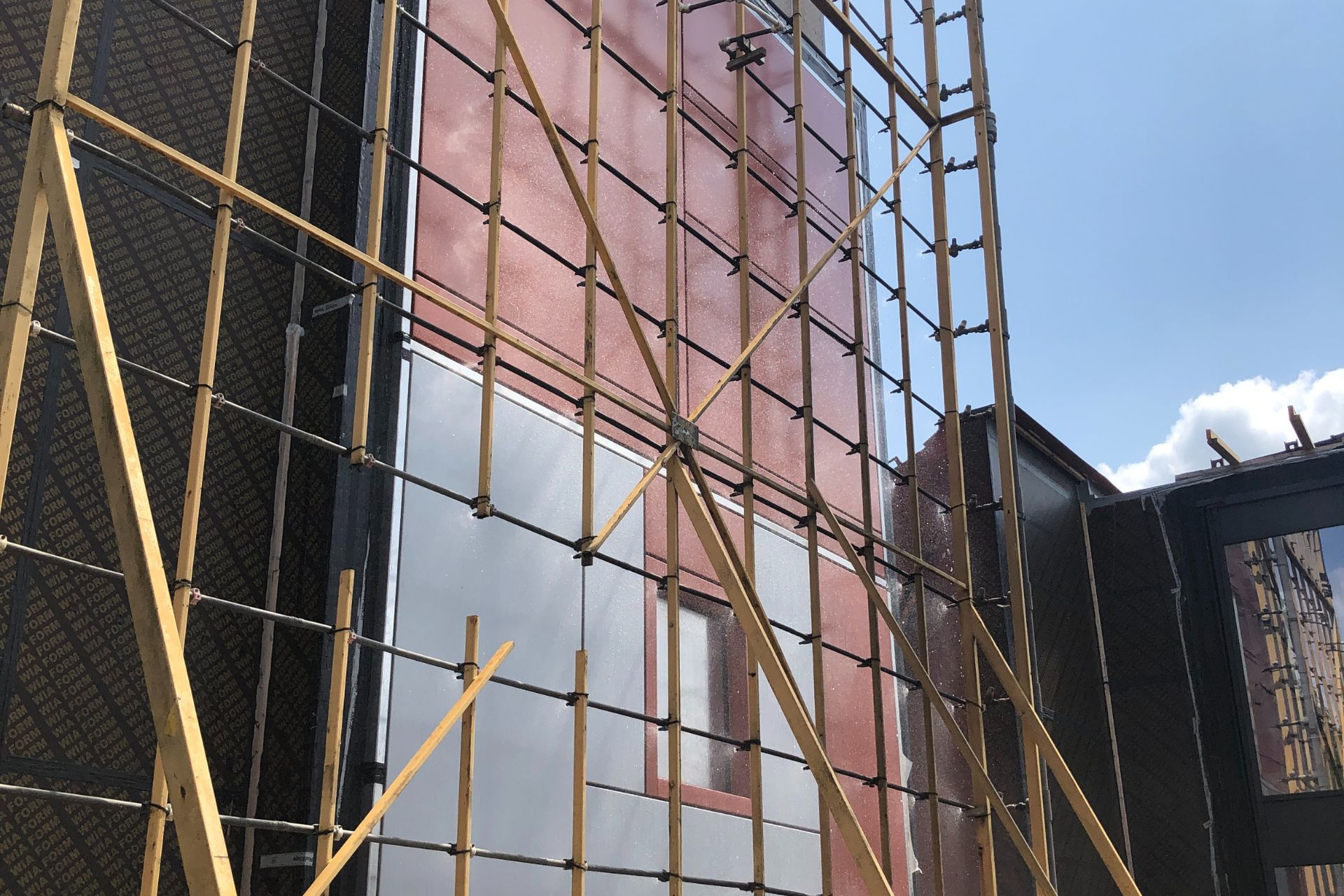
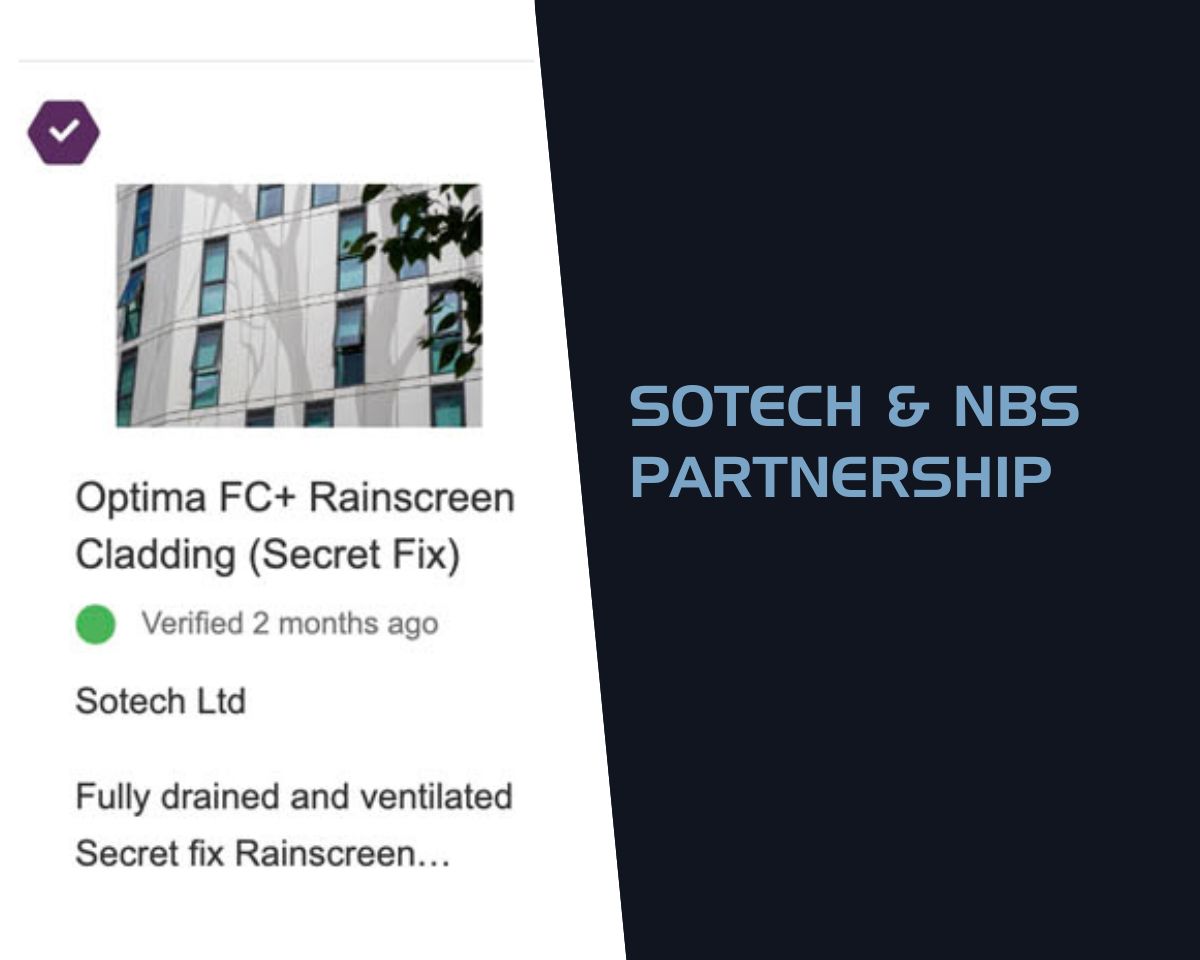
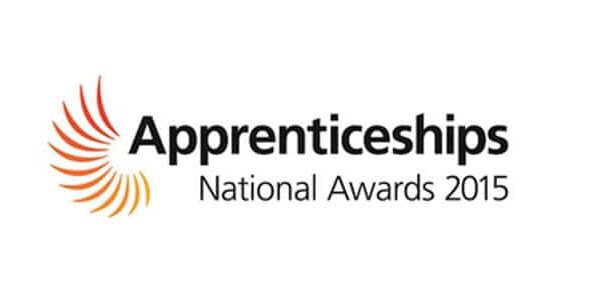
![[WORK IN PROGRESS] BOURNEMOUTH UNIVERSITY GATEWAY BUILDING](https://sotech-optima.co.uk/wp-content/uploads/2019/09/BOURNEMOUTH-Uni-3-600x600.jpg)
 No downloads in list yet.
No downloads in list yet.